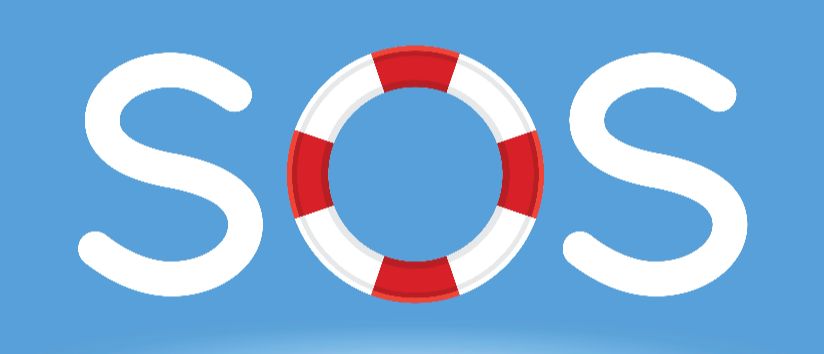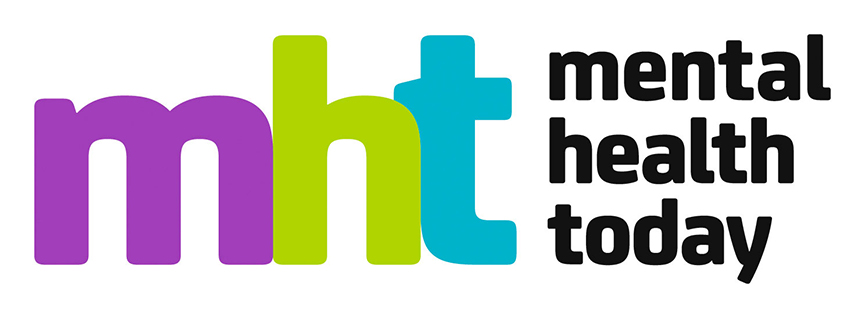Don't rescue me: here's how to empower someone with the skills to manage their own distress
The Acute Therapy Service at Lancashire Care NHS Foundation Trust is filling a gap in mental health crisis care. We talk to Consultant Clinical Psychologist Angela O’Brien about arming clients with the skills to regulate emotions and solve problems ...

Nominated for a 2017 HSJ mental health award the Acute Therapy Service (ATS) is used to being praised for offering something a little different.
Unlike talking therapy where a client might access support once a week for six weeks or inpatient admissions where a client stays inside hospital, the service offers a six-day intensive programme based on dialectical behavioural therapy (DBT) principles while still living at home.
'It teaches people psychological skills to help manage emotional dysregulation, it teaches people to be able to regulate themselves and then to be able to better solve a problem in a crisis'
Someone can be referred to the service once they've been admitted to hospital or if they’ve been helped by the community crisis team and can no longer manage in the community.
After a welcome phone call the person can start on the programme within one or two days which Angela says is often enough to contain someone’s anxieties and distress in the short term.
“It’s very structured,” says Angela. “It teaches people psychological skills to help manage emotional dysregulation, it teaches people to be able to regulate themselves and then to be able to better solve a problem in a crisis. It’s about giving someone the tools to get through crisis and not make it worse and manage future crises too.”
In a rolling programme with DBT informed skill groups and one-to-one interviews the programme engages the person to increase their commitment to taking a more active role in their own recovery.
Don’t rescue me
The service follows a psychological model rather than a medical approach that looks to medication or intervention from the wider environment.
It focuses on clients being able to manage their distress themselves through the development of skills.
'The police respond to a crisis, take someone to a 136 suite which is potentially traumatising and can also unfortunately be disempowering'
“Often when people move into a crisis and things become too difficult or risky they are admitted to hospital,” says Angela. “While that can be helpful and allows someone to get through a crisis it also reinforces the belief that when things are really distressing what they need is help from the wider environment - whether that’s a hospital, mental health services or family.”
And while Angela believes this can be helpful in the short term she is wary of the long-term consequences of someone repeatedly outsourcing the ability to regulate their distress. “As with many parts of mental health care there are often unintended consequences that are reinforcing the things we are trying to reduce,” she says.
“The police respond to a crisis, take someone to a 136 suite which is potentially traumatising and can also unfortunately be disempowering.
“We really need to be mindful that there are consequences. If we have people who are in a real emotional crisis that do not have the skills to respond to it in a different way – sometimes having police manage that crisis can be very regulating and seemingly helpful in the short term but not in the longer term.”
Committing to a contract
The programme prides itself on being up front and transparent and does not hide that it asks a lot of its users.
First, service users talk over the phone in order to identify any obstacles that might get in the way of their commitment to the programme. This is followed up on the first day with work that links commitment to personal goals.
Service users are asked to sign agreements about what they need to keep themselves safe while in the programme and how to behave in group therapy
Saying no to self-harm
Perhaps controversially, service users are also asked to sign a contract to not self-harm while enrolled in the programme.
'We try to help people make sense of these behaviours, understand and validate the reasons that trigger self-harming behaviour and at the same time push for change. Whilst with us we have a clear line – to not self-harm, it’s a big ask'
“A lot of people who attend the ATS engage in life-threatening behaviours, most people present along those lines,” says Angela. “Self-harming behaviour makes sense as it has many different functions eg. communicating and reducing distress.”
“We try to help people make sense of these behaviours, understand and validate the reasons that trigger self-harming behaviour and at the same time push for change. Whilst with us we have a clear line – to not self-harm, it’s a big ask.”
Angela links not self-harming to a commitment to manage distress differently. “If someone knew of a better way to manage their distress they would do it,” she says. “We have to think about what would be a better way to manage their distress. Self-harm only regulates for a really short period of time, longer term it makes someone feel worse about themselves. We want to help someone understand their triggers and feel more confident that they can break the chain.”
Staff transparency
The service say they expect the same level of commitment and honesty from their staff as they do their service users. Every morning staff meet to openly examine their own behaviour and what they might be doing that is not helpful.
“If a service user keeps walking out of a mandatory DBT skills group and staff don’t address this directly but instead go over and offer soothing behaviour – the staff member is in fact unintentionally reinforcing behaviour that is unhelpful.”
“Whatever we apply to the service users we apply to the staff as well, the idea is that we’re all fallible, we all get things wrong and that’s okay. We see it as our responsibility to ensure we are showing someone how something can be done differently.”
A good ending
And despite its hard-line approach service user feedback is overwhelmingly positive with 95% of people saying they prefer it to a hospital admission.
'The transition from being in a very intensive six day programme where they feel contained, supported, understood to going back into the community is a real challenge'
Contact with mental health crisis teams also decreases 12 months after taking part in the programme.
Angela says the real challenge is helping people to leave the programme come day six. “The transition from being in a very intensive six day programme where they feel contained, supported, understood to going back into the community is a real challenge. We give people a kind of golden ticket system, dependent on the individual’s needs, that allows them to return to or contact the service a finite number of times after leaving.”
The service are also looking to introduce a ‘graduate group’ where leavers can meet to practice the skills they have learnt and to bridge the transition back into the community.
Acceptance and change
Crucially the programme encourages users to accept how bad things are without looking to blame but also commit learning skills to help create change.
Angela adds: “We accept that they may not have caused all their problems, but at the same time they are the ones that need to solve their problems anyway.”
Show your support for what you’ve read today. Enable us to keep finding and sharing the ideas that will better shape tomorrow’s mental health care.
Donation Information

Comments
Write a Comment
Comment Submitted